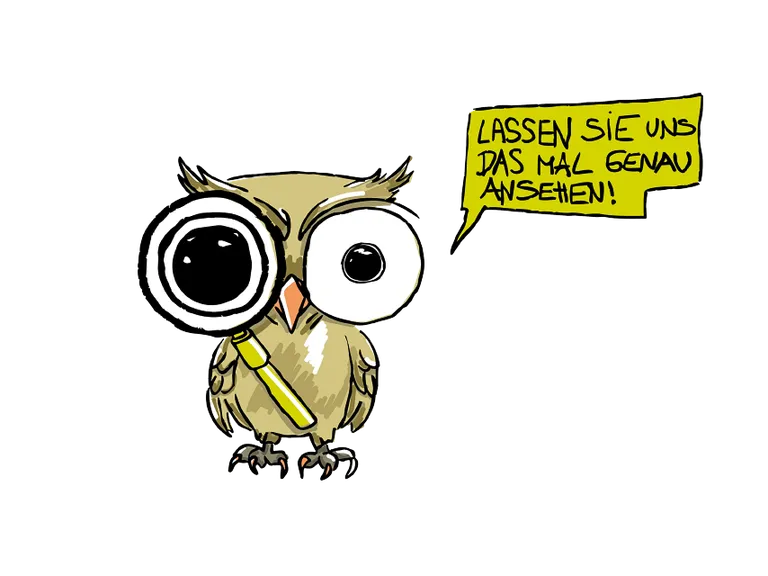
Developer Creativity
Our Way of Working
Creativity meets structure – and gets straight to the point. Whether it’s unconventional approaches, clearly defined project roles, or using proven methods at the right moment, we tackle tasks pragmatically and efficiently. With developer creativity and a sharp eye for what matters, we keep projects on track.
Developer Creativity
We approach complex software challenges with pragmatism, curiosity, and a healthy dose of playfulness. With clear thinking and inventive spirit, we bring fresh ideas to the table – sometimes making traditional methods look a little outdated.
A Bang for your Buck
Efficient, flexible, and without unnecessary fuss: our people bring fresh know-how directly to you. No frills, just impact – so your budget works where it counts.
Roles in the Project
Our projects run smoothly because every role plays its part:
Requirements Engineers clarify what’s needed. Architects design the framework.
Developers write the code. Project Managers keep the overview. Product Owners align product and users. DevOps experts ensure smooth delivery. Test Engineers dig deep for bugs. Scrum Masters keep the team on track and focused.
Possible Roles in Your Project
Requirements Engineer
The Requirements Engineer understands what’s needed and sets the direction early on.
Architect
The Architect plans the structure and ensures all components play well together.
Project Manager
The Project Manager coordinates priorities, deadlines, and keeps the essentials in view.
Product Owner
Product Owner is the voice of the user and bridge to stakeholders.
DevOps Expert
The DevOps Expert aligns development and operations for fast, stable deployments.
Test Engineer
The Test Engineer finds bugs before they become problems.
Scrum Master
The Scrum Master protects the flow and removes roadblocks.
Cost Structures
Fixed-price sprints
Planning security, with flexibility: we define each sprint step by step with you – at a fixed price. You stay in control of your budget while we move the project forward.
Hourly billing with cost cap
Maximum flexibility, no surprises: you pay by the hour, with a cost cap for planning confidence. That gives you space to adapt, without budget blowouts.
Fixed price
Clarity from the start: with a fixed-price quote, you know exactly what to expect. We define clear goals, write the specs, and deliver your project – no hidden costs.

Our Tools for Your Success
We use tried-and-tested methods and tools – from agile frameworks to precise analysis instruments – to deliver efficient, structured, and reliable results.
SCRUM / Agile
Short sprints, fast feedback, and solutions close to your needs.
Requirements Engineering
Requirements Engineering is the solid base for every project.
DevOps
DevOps ensure seamless collaboration and fast, stable deployment.
Architecture
Architecture provides scalable, adaptable systems built to last.
UML (Unified Modeling Language)
UML – to make complexity visually understandable.
Design Patterns
For robust, maintainable, flexible software.
Software Development Life Cycle (SDLC)
SDLC – for sustainable software across the entire lifecycle.
Object-Oriented Development
Object-Oriented Development ensures clean, structured, and reusable code.
Quality That Counts – Audited and Certified
Quality isn’t just a buzzword – it’s part of our DNA. We’ve been ISO 9001 certified since 2002, and our quality management is continuously reviewed by SQS under SN EN ISO 9001:2015. That means our processes meet the highest standards – in development, integration, maintenance, and support of technical and industrial software.
Questions You Might Have
How does SCRUM work with fixed project requirements?
We combine agile methods with defined milestones to stay flexible even in fixed setups.
How do you handle complex requirements?
With focus and iteration. Our Requirements Engineers bring structure, and our teams work step by step toward the right solution.
Do you work on projects with unclear starting points?
Yes – and we recommend workshops or proof-of-concepts to bring clarity and test solutions early.
Can you assess existing systems and tools before starting?
Absolutely. We analyze what’s already there to give clear, fact-based recommendations
What does it mean when you say you work «agile»?
It means we build products together with our clients – adapting to new priorities, reacting to feedback, and keeping things flexible and transparent.
How detailed does my spec need to be to start?
It doesn’t need to be perfect. We help structure your ideas into concrete goals, even if it’s all still a bit fuzzy.
What if requirements become unclear during the project?
We clarify them directly with everyone involved before moving on. Transparency and asking the right questions are part of our process.
